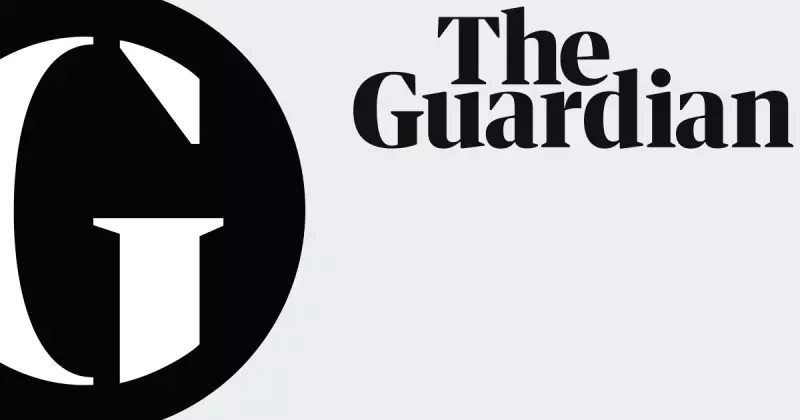
In a striking demonstration of journalistic transparency, The Guardian has published a comprehensive list of corrections addressing significant errors in its recent reporting. The newspaper's latest corrections column reveals multiple factual inaccuracies that required public acknowledgment and amendment.
Substantial Errors Across Key Reporting Areas
The corrections span several important domains, including political reporting, financial coverage, and public health stories. Each correction not only identifies the original error but provides the accurate information that should have appeared in the initial publication.
This practice of publishing regular corrections reflects The Guardian's commitment to maintaining trust with its readership. As one of Britain's leading news organisations, the publication demonstrates that even established media outlets must remain vigilant about accuracy.
The Importance of Accountability in Modern Journalism
In an era where public trust in media continues to face challenges, such transparent error-correction processes serve a vital function. The Guardian's approach shows that responsible journalism doesn't end with publication—it includes acknowledging and rectifying mistakes when they occur.
The range of topics requiring correction highlights the complexity of modern news reporting and the constant pressure journalists face to deliver accurate information under tight deadlines.
Why Correction Columns Matter More Than Ever
Regular correction features serve multiple important purposes:
- Maintaining credibility by openly acknowledging errors
- Providing accurate information to readers who may have seen the original incorrect reporting
- Demonstrating institutional commitment to factual accuracy above all else
- Setting industry standards for transparency and accountability
For media consumers, these correction columns provide valuable insight into the ongoing process of verification and fact-checking that defines quality journalism.





